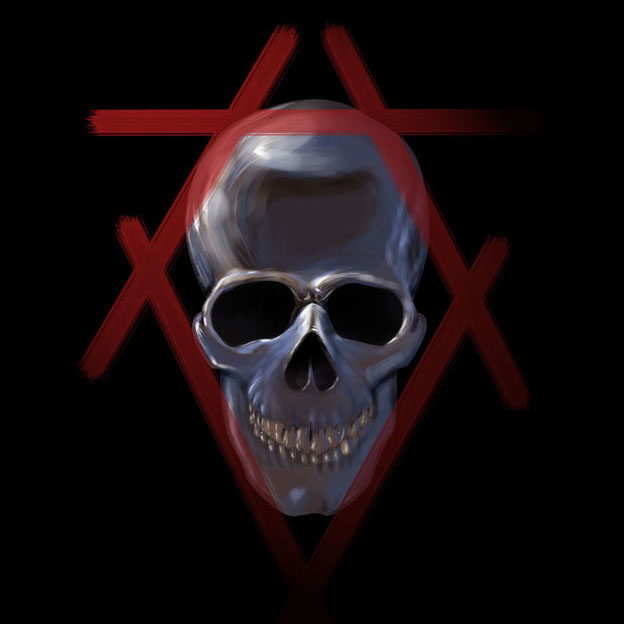WARNING: Wiki content is an archive, no promise about quality!
Please choose a tutorial page:
- Fundamentals -- Information about C
- Tools
- Registers
- Simple Instructions
- Example 1 -- SC CDKey Initial Verification
- Example 2 -- SC CDKey Shuffle
- Example 2b -- SC CDKey Final Decode
- The Stack
- Functions
- Example 3 -- Storm.dll SStrChr
- Assembly Summary
- Machine Code
- Example 4 -- Smashing the Stack
- Cracking a Game
- Example 5 -- Cracking a game
- Example 6 -- Writing a keygen
- .dll Injection and Patching
- Memory Searching
- Example 7 -- Writing a cheat for Starcraft (1.05)
- Example 7 Step 1 -- Displaying Messages
- Example 7 Step 1b -- Above, w/ func ptrs
- Example 7 Final
- Example 8 -- Getting IX86.dll files
- 16-bit Assembly
- Example 9 -- Keygen for a 16-bit game
- Example 10 -- Writing a loader
This is going to be a fairly short tutorial, but it will explain how to grab The IX86...dll files used by Starcraft (and other games) to perform version checking. This will be done on the latest version of Starcraft, since it's the only one that can authenticate to the server.
The most common way to get the files is by downloading them directly from the Battle.net FTP server, but that involves either an external program or reverse engineering. This method will let the game download them for us!
Finding the Deletion
First, load battle.snp in IDA. battle.snp is the library that takes care of battle.net connectivity. Click on the "Names" window and search for "LoadLibraryA". Double-click it, the press ctrl-x to view cross references.
Go through each of the cross references and look for one that loads a variable dll name.
I found the proper one on the fifth cross reference. The code is pretty obvious (although IDA makes some mistakes in this function, we'll talk about that at another time):
.text:19021A02 push edx ; lpLibFileName
.text:19021A03 call ds:LoadLibraryA
.text:19021A09 mov esi, eax
.text:19021A0B cmp esi, ebx
.text:19021A0D mov [ebp+hLibModule], esi
.text:19021A10 jz loc_19021AEE
.text:19021A16 push offset aCheckrevision ; "CheckRevision"
.text:19021A1B push esi ; hModule
.text:19021A1C call ds:GetProcAddress
A variable library is loaded (edx), then the address for a function called CheckRevision is found.
So at this point, the physical file exists. One option is to load this into a debugger and break here, then make a copy of the .dll. But that's no fun, I'd prefer to stop it from being deleted altogether!
Scroll down for awhile, and eventually you'll see this:
.text:19021AFB push 32h ; dwMilliseconds
.text:19021AFD call ds:Sleep
.text:19021B03 mov esi, ds:DeleteFileA
.text:19021B09 push offset byte_1903C108 ; lpFileName
.text:19021B0E call esi ; DeleteFileA
.text:19021B10 cmp [ebp+NumberOfBytesWritten], bl
.text:19021B16 jz short loc_19021B21
.text:19021B18 lea ecx, [ebp+NumberOfBytesWritten]
.text:19021B1E push ecx ; lpFileName
.text:19021B1F call esi ; DeleteFileA
Two files are being deleted here. Presumably, one of them is the .mpq and the other is the .dll. We're going to want to skip over both of those calls.
So here's what we have to do:
- Remove those calls (including the push, otherwise the stack will break)
- Connect to Battle.net
Removing the Calls
Run Starcraft, and open it in a debugger (I've found that TSearch can't find this version of Starcraft in memory). Search for the address 0x19021b09.
Not there? Uh oh!
The problem we've run into is that battle.snp isn't loaded until Starcraft connects to Battle.net. Loading it with the "Injector" program doesn't even work -- Blizzard's tried hard to break hacks!
But that's fine, we can go one step further and just disable DeleteFileA altogether. It's not like Starcraft really needs to be deleting my files anyways!
Ensuring the game's execution is stopped, go to the disassembly window on your debugger and type "DeleteFileA". It should show you a kernel32 function. Open the memory window and do the same. In the memory window, replace the first three bytes with C2 04 00 (which is "ret 4"). Add 90's to pad it if you end up with weird instructions, although it doesn't really matter.
Once the DeleteFileA call has been removed, go back to the game, and log into Battle.net. The login should succeed (since our patch wasn't in any of the actual Starcraft files). Alt-tab and go into Starcraft's folder. The .mpq and .dll file should be there!
In theory, it's possible to force Starcraft to download the .dll file of your choice, by editing incoming traffic or getting a breakpoint in Battle.snp, but just connecting to Battle.net until you have them all is probably the easiest way.
